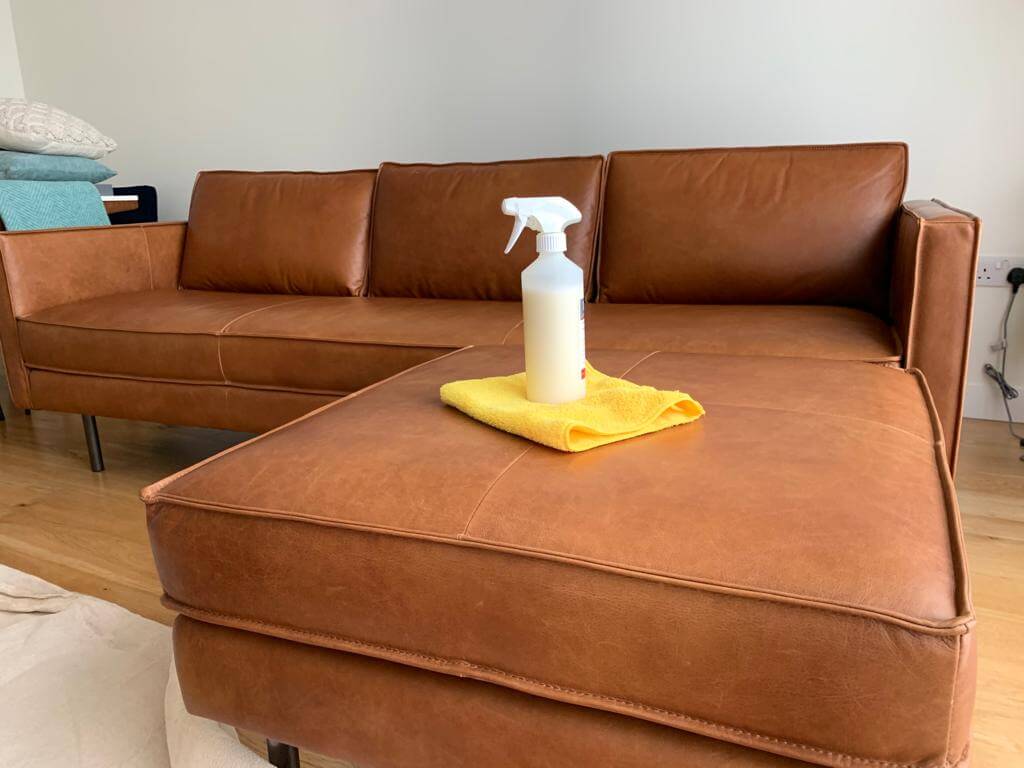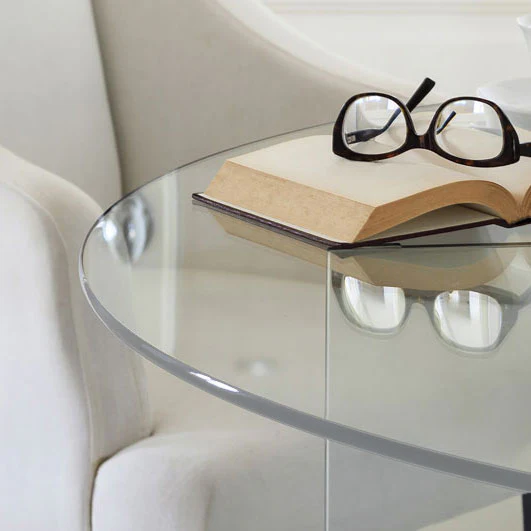
Furniture Maintenance Tips: Keep Your Home Looking New
Furniture is a significant investment that can define the aesthetic and comfort of your home. Proper maintenance is crucial to ensure your furniture remains in top condition, prolonging its life and preserving its value. This guide will provide you with detailed, professional, and objective tips for maintaining various types of furniture, from wooden pieces to upholstered items. By following these tips, you’ll be able to keep your furniture looking new for years to come.
1. Wood Furniture Maintenance

Wooden furniture is timeless and can last for generations if properly cared for. Here’s how to maintain it:
Ⅰ. Regular Dusting
Dust can scratch the surface of wood if not removed regularly. Use a soft, lint-free cloth to dust your wood furniture at least once a week. Microfiber cloths are particularly effective as they trap dust rather than spread it around.
Ⅱ. void Direct Sunlight
Prolonged exposure to sunlight can cause wood to fade or darken unevenly. Position your furniture away from direct sunlight or use curtains and blinds to limit exposure.
Ⅲ. Polishing and Waxing
Polishing wood furniture helps maintain its shine and adds a protective layer. Use a high-quality furniture polish that matches your wood type. For deeper protection, consider waxing your furniture every six months. Apply the wax in a thin, even layer, and buff it with a clean, dry cloth.
Ⅳ. Handling Spills and Stains
Spills should be wiped up immediately to prevent staining. Use a clean, dry cloth to blot (not rub) the spill. For stubborn stains, you can make a paste of equal parts baking soda and water, gently rubbing it into the stain before wiping it away with a damp cloth.
Ⅴ. Preventing Scratches
Use coasters, placemats, and felt pads under items like vases or lamps to prevent scratches. Additionally, avoid dragging objects across wooden surfaces.
2. Upholstered Furniture Maintenance

Upholstered furniture adds comfort and style to your home, but it can be prone to wear and tear. Here’s how to keep it looking fresh:
Ⅰ. Vacuuming
Regular vacuuming is essential for upholstered furniture. Use the upholstery attachment on your vacuum cleaner to remove dust, dirt, and pet hair. Pay special attention to crevices and seams.
Ⅱ. Spot Cleaning
For minor spills and stains, blot the area immediately with a clean cloth. Avoid using harsh chemicals that could damage the fabric. Instead, use a mixture of mild dish soap and water or a fabric-specific cleaner. Always test a small, hidden area first.
Ⅲ. Professional Cleaning
Consider professional cleaning for your upholstered furniture every 12-18 months, especially for high-traffic pieces. Professionals have the right equipment and products to deep-clean without damaging the fabric.
Ⅳ. Fluffing and Rotating Cushions
To maintain the shape and comfort of your upholstered furniture, regularly fluff and rotate the cushions. This helps distribute wear evenly and prevents sagging.
Ⅴ. Protecting from Sunlight
Like wood, upholstered furniture can fade if exposed to direct sunlight. Protect your pieces by positioning them away from windows or using UV-protective window treatments.
3. Leather Furniture Maintenance

Leather furniture exudes luxury and comfort, but it requires specific care to keep it in pristine condition:
Ⅰ. Dusting and Cleaning
Dust your leather furniture regularly with a soft cloth. For deeper cleaning, use a leather-specific cleaner or a mixture of water and mild soap. Avoid using too much water as leather can absorb moisture and warp.
Ⅱ. Conditioning
Leather needs conditioning to stay supple and prevent cracking. Use a high-quality leather conditioner every 6-12 months. Apply it evenly with a soft cloth, allowing it to absorb fully before buffing away any excess.
Ⅲ. Handling Spills
For spills, blot the area immediately with a clean, dry cloth. Avoid rubbing, as this can spread the liquid and cause stains. For oil-based spills, sprinkle the area with baking soda or cornstarch to absorb the oil, then wipe away with a clean cloth.
Ⅳ. Preventing Scratches
Keep pets’ claws trimmed and avoid placing sharp objects on leather furniture to prevent scratches. If a scratch occurs, a leather repair kit can help minimize its appearance.
Ⅴ. Avoiding Direct Heat and Sunlight
Leather can dry out and crack if exposed to direct heat or sunlight. Keep your leather furniture away from heat sources like radiators and out of direct sunlight.
4. Metal Furniture Maintenance

Metal furniture is durable and can add a modern touch to your home, but it also needs proper care:
Ⅰ. Regular Cleaning
Dust your metal furniture regularly with a soft cloth. For deeper cleaning, use a mild soap and water solution. Avoid harsh chemicals that can corrode the metal.
Ⅱ. Preventing Rust
Metal furniture, especially if used outdoors, is prone to rust. Apply a thin coat of paste wax or a rust-inhibitor spray to protect it. If rust does appear, use a wire brush or sandpaper to remove it, then touch up the area with a rust-resistant paint.
Ⅲ. Handling Scratches and Dents
Minor scratches on metal furniture can be buffed out with a metal polish. For deeper scratches or dents, consider professional repair to restore the piece’s original look.
Ⅳ. Protecting from Weather Elements
If your metal furniture is outdoors, cover it during bad weather or move it indoors during the off-season to prevent rust and wear.
5. Glass Furniture Maintenance

Glass furniture can create a sleek and modern look but requires frequent cleaning to maintain its shine:
Ⅰ. Regular Cleaning
Clean glass furniture with a glass cleaner or a mixture of vinegar and water. Use a lint-free cloth to avoid streaks. Wipe in a circular motion for the best results.
Ⅱ. Preventing Scratches
Use coasters and placemats on glass surfaces to prevent scratches. Avoid placing heavy or sharp objects directly on the glass.
Ⅲ. Handling Chips and Cracks
For small chips, you can use a clear nail polish to fill in the gap and prevent further damage. However, for larger cracks or chips, it’s best to consult a professional to avoid injury.
6. Outdoor Furniture Maintenance

Outdoor furniture is exposed to the elements and requires special care to ensure its longevity:
Ⅰ. Seasonal Cleaning
At the start and end of each season, clean your outdoor furniture thoroughly. Use a mild detergent and water for most materials, and rinse thoroughly. For tough stains, a mixture of baking soda and water can be effective.
Ⅱ. Protecting from the Elements
Use furniture covers when not in use to protect your outdoor furniture from the elements. During the winter months, consider storing your furniture indoors.
Ⅲ. Handling Mold and Mildew
Outdoor furniture can develop mold and mildew, especially in humid climates. Use a solution of water and white vinegar to remove it, scrubbing gently with a soft brush.
Ⅳ. Maintaining Cushions and Fabrics
If your outdoor furniture has cushions, store them indoors when not in use to prevent fading and mold growth. Wash cushion covers regularly according to the manufacturer’s instructions.
7. Furniture Maintenance Myths Debunked
There are many misconceptions about furniture maintenance. Let’s debunk some common myths:
Myth 1: All Wood Furniture Should Be Oiled
While oiling can be beneficial for certain types of wood, not all wood furniture requires it. Oiling too frequently can lead to a sticky buildup that attracts dust. It’s essential to know your wood type and follow specific care instructions.
Myth 2: Vinegar and Water Are Safe for All Surfaces
Vinegar is a great cleaner but can damage certain surfaces, such as natural stone or waxed wood. Always test a small, inconspicuous area first and use surface-specific cleaners when necessary.
Myth 3: More Polish Equals Better Shine
Over-polishing wood furniture can lead to a dull finish and a buildup of residue. Use polish sparingly and follow the manufacturer’s recommendations.
8. Professional Furniture Maintenance
While regular DIY maintenance is crucial, there are times when professional care is necessary:
Ⅰ. When to Call a Professional
Consider professional maintenance for deep cleaning, refinishing, or repairing significant damage. Professionals have the tools and expertise to restore your furniture without causing further harm.
Ⅱ. Finding a Reputable Professional
Look for professionals with experience in the specific type of furniture you need serviced. Check reviews and ask for references to ensure you’re entrusting your pieces to a skilled technician.
9. Sustainable Furniture Maintenance Practices
Adopting sustainable maintenance practices not only preserves your furniture but also contributes to environmental conservation:
Ⅰ. Using Eco-Friendly Products
Opt for eco-friendly cleaning and polishing products that don’t contain harsh chemicals. These are better for your furniture and the environment.
Ⅱ. Repurposing and Upcycling
Before discarding old furniture, consider repurposing or upcycling it. With a bit of creativity, you can give your pieces a new life, reducing waste and saving money.
Ⅲ. Extending Furniture Life
Investing in high-quality furniture and maintaining it properly can significantly extend its life, reducing the need for replacements and minimizing environmental impact.
10. Conclusion
Proper furniture maintenance is key to preserving the beauty and functionality of your pieces. Whether you’re caring for wood, upholstered, leather, metal, glass, or outdoor furniture, the tips provided in this guide will help you keep your furniture looking its best for years to come. Regular care, combined with professional maintenance when necessary, will ensure that your furniture remains a cherished part of your home.


